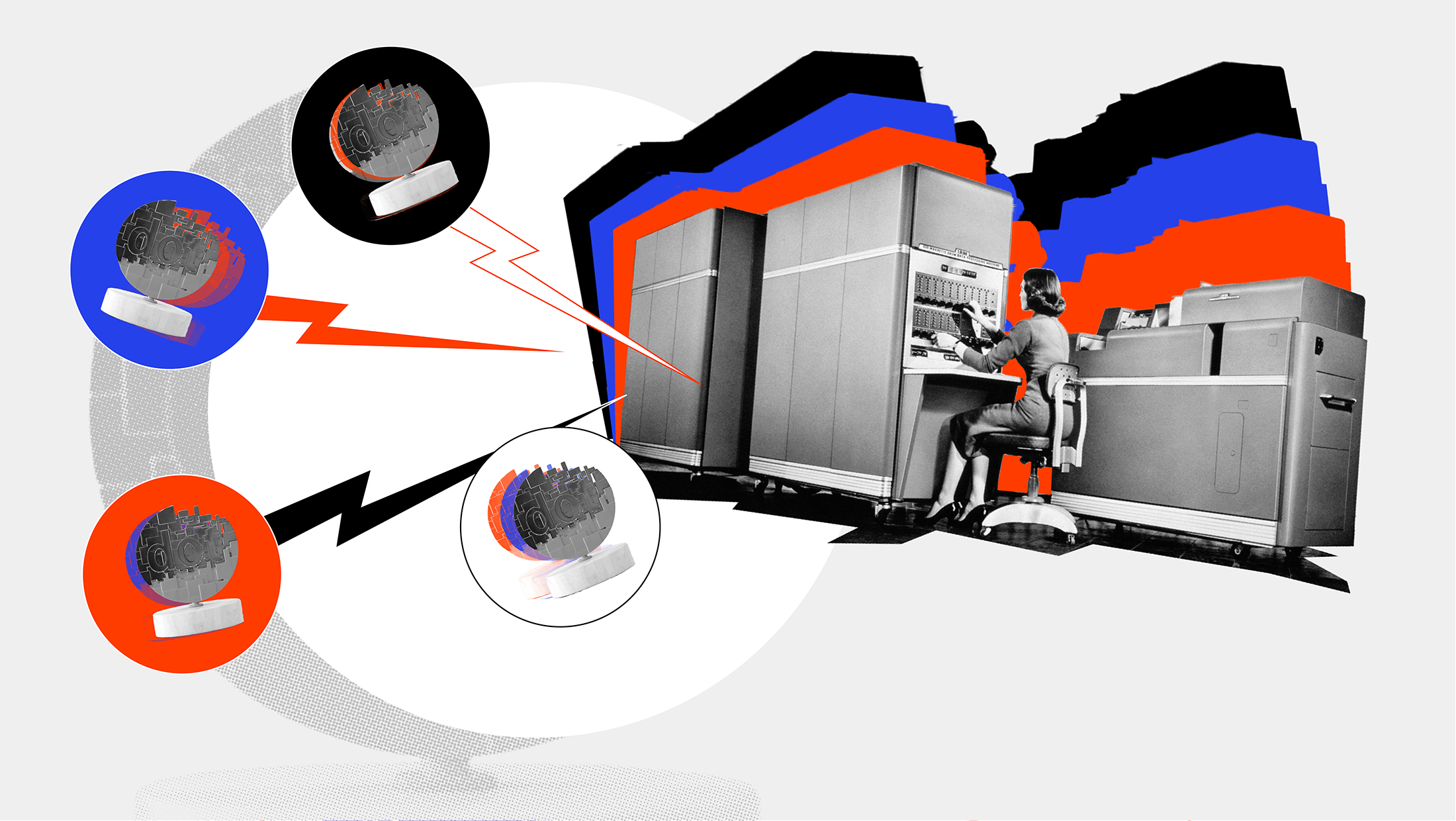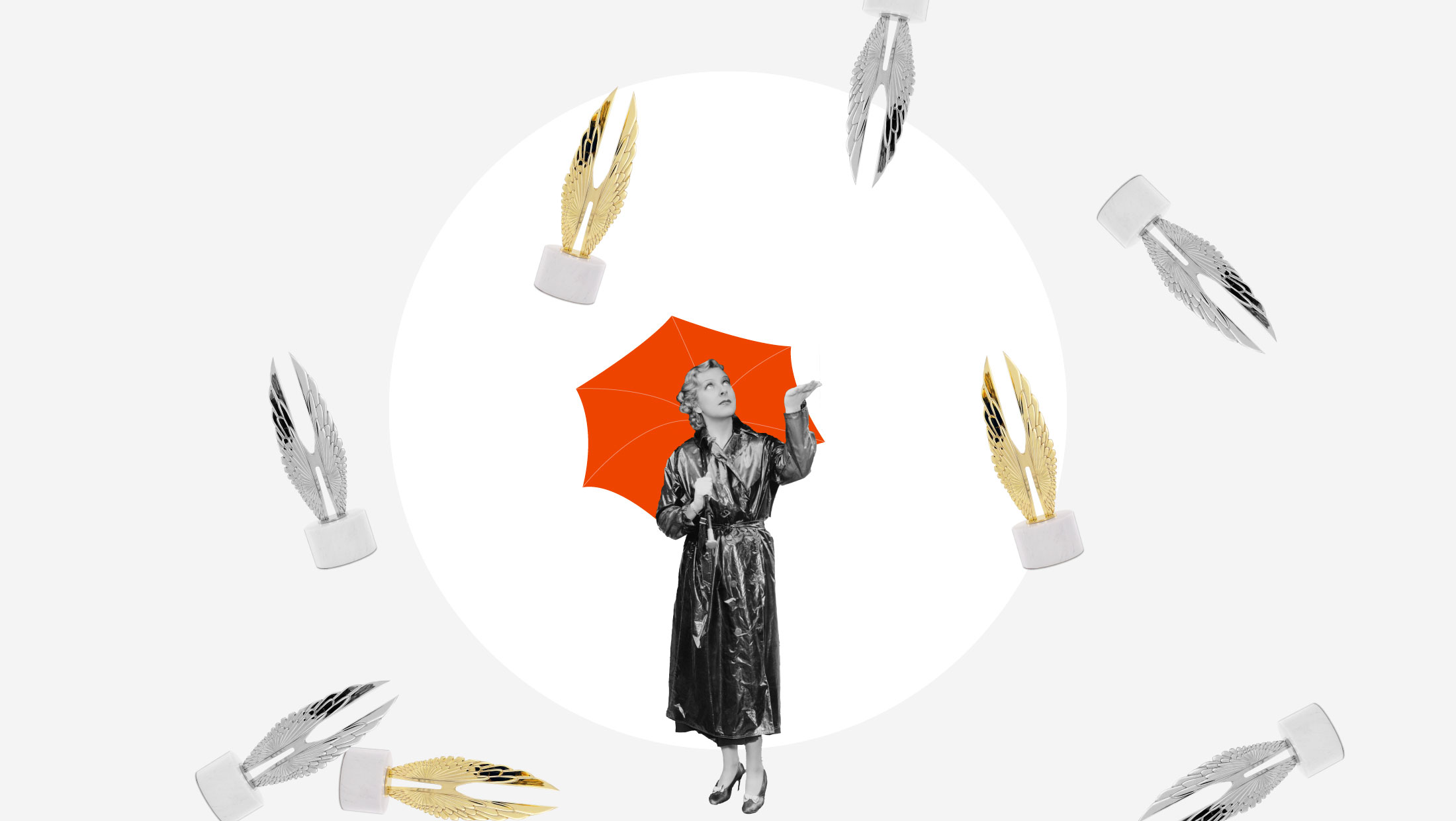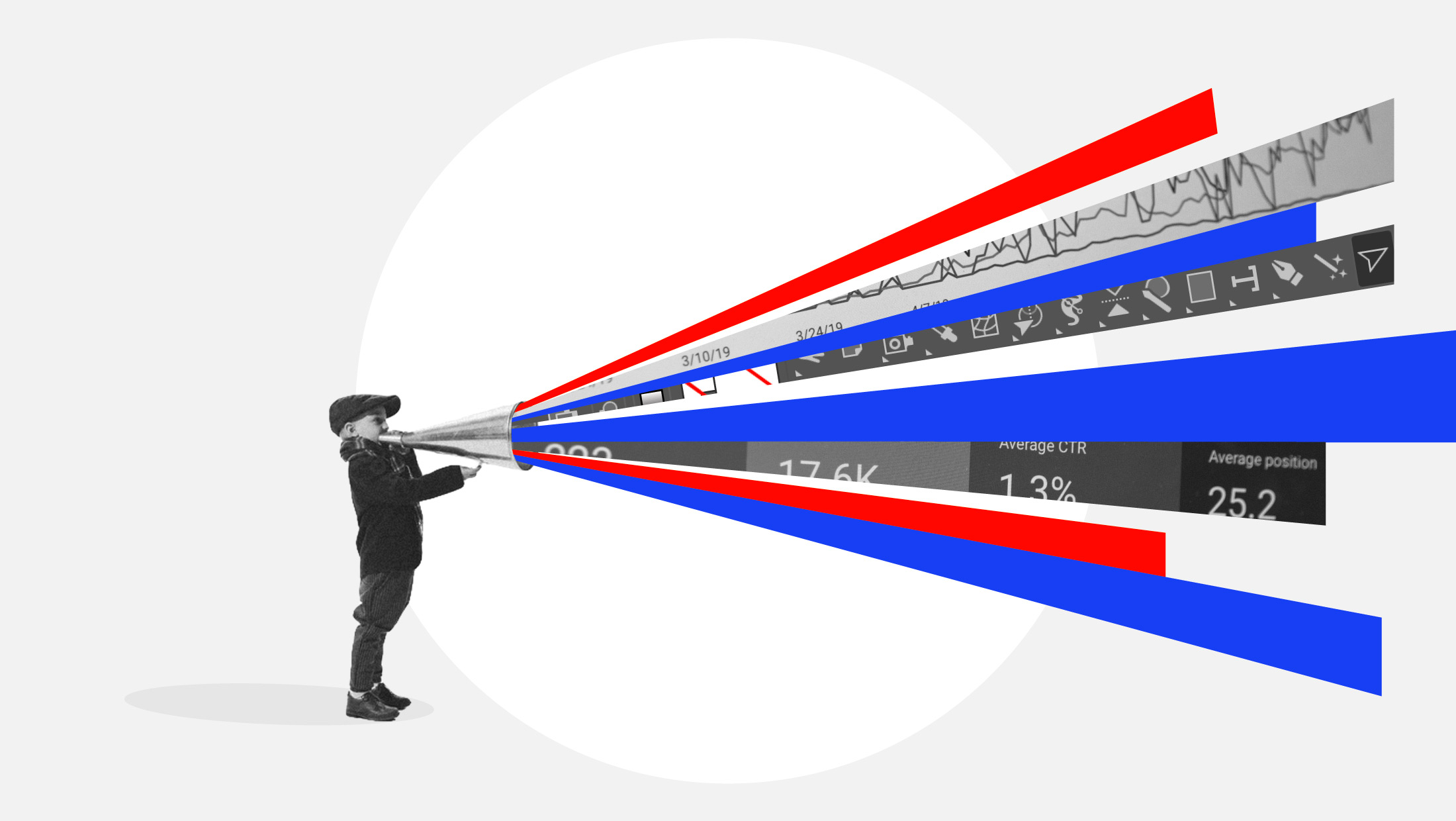How can we help you?
Most agencies chase noise. We build brands that last.
By balancing reach with resonance, we create desire at scale. The result is work that performs because it connects.
Give us a shout by filling out the form.
You can expect a response within two business days.
What are you looking for?
7 leadership lessons from expert Robin Pou that everyone can use
Recently Medium Giant held a company-wide summit to socialize and exchange ideas, and we invited our friend and client Robin Pou to be the keynote speaker. Robin is the founder of a Dallas-based leadership development firm that cultivates high-achieving leaders who value their teams and drive meaningful business growth.
He is a seasoned executive coach and keynote speaker who has worked with top executives and CEOs of Fortune 500 companies, including Southwest Airlines, BNSF Railroad, and State Farm. A longtime executive coach for DallasNews Corp’s top executives, Robin helped us articulate Medium Giant’s vision and developed a leadership curriculum for our company and The Dallas Morning News.
Robin uses humor and personal stories to coach leaders and engage his audiences. He and I sat down for a question-and-answer session, during which we chatted about the near-death experience that led him to become an executive coach, the open secret that all leaders experience doubt, and the traits today’s modern leaders share.
Robin talks a lot about the leadership revolution — the death of the command-and-control, do-this-or-else style that many leaders cling to because it’s the only thing they know.
“When that type of leader doesn’t have the followership, they ask, ‘What’s wrong with these people?’ ‘Why are they not doing what I’m asking them to do?’
“Modern employees have adopted a new style that is more collaborative, collegial, relationship-driven, genuine, and authentic,” Robin told us. “If that employee has a leader who is just telling as opposed to asking and rolling up their sleeves, then that’s a challenge.
“That’s the crux of the new leadership approach.”
Below I’ve packaged up some meaningful takeaways from our conversation — in many cases using his exact words; in others, I have summarized or combined anecdotes. I hope you’ll take the time to watch the complete Q&A, because there are more good tidbits than just these.
I also encourage you to join Robin Pou’s six-week leadership email series to help you grow into a confident leader.
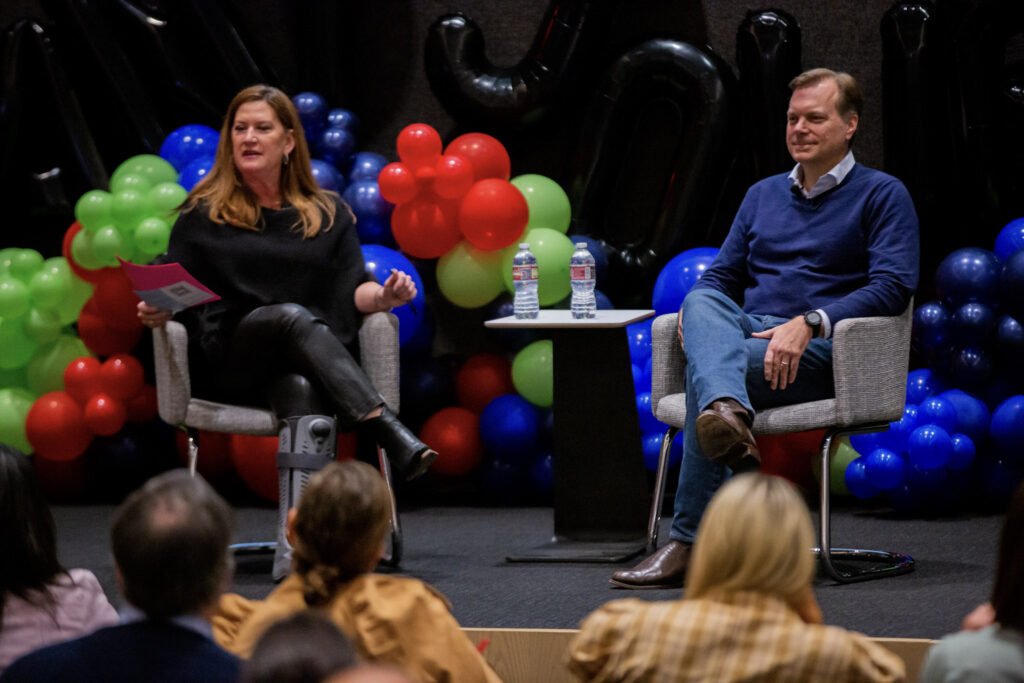
It takes a clear vision to get where you’re going.
Let’s say you want to go to the Texas Hill Country. How clear your vision is will determine how successful the journey will be.
There are many ways of getting there. You can walk, bike, hitchhike, fly, or ride a bus. Your vision will inform the strategies to get where you’re going.
So let’s say you take a bus and it drops you off in Georgetown. But you quickly realize it’s not where you want to be, even if it’s “technically the Hill Country.”
If you actually wanted to be in the Four Seasons Hotel in Austin, on the seventh floor overlooking Lake Austin, then you failed in your vision.
The clearer your vision, the greater chance you have of actually achieving it.
Everyone has imposter syndrome. Even top leaders.
People think imposter syndrome is applicable only to those starting in their careers. But even seasoned employees experience this type of doubt.
Robin has had many conversations with CEOs who tell him about their plan B career — if they fail. One person said he would be a FedEx driver. When asked why, he said, “because the truck is empty at the end of the day.”
Another person said he would be a security guard. When asked why, he answered, “because you don’t have to figure out what you’re gonna wear. It’s just the same uniform every day.”
These are people running billion-dollar organizations. Their own imposter syndrome has led them to fantasize about roles that wouldn’t require the amount of current stress they currently feel.
All successful leaders experience doubt but don’t talk about it because they said yes to the job, and they think that means that they’re supposed to know everything that the job requires.
They suffer silently because they’re always problems they don’t have the answers to. They might start thinking, “I’ve hit my leadership limit.”
That’s when imposter syndrome sets in. It’s the feeling of, “I’m not supposed to be in this seat. And when they find out, they’re going to ask me to leave.”
They’re trying to solve their confidence issues, but they’re missing a crucial piece of information. They wear it as a heavy, amorphous blanket on their leadership that they can’t quite get out from underneath. And when they can’t solve that, they will settle for it just residing as a shadow of their leadership.
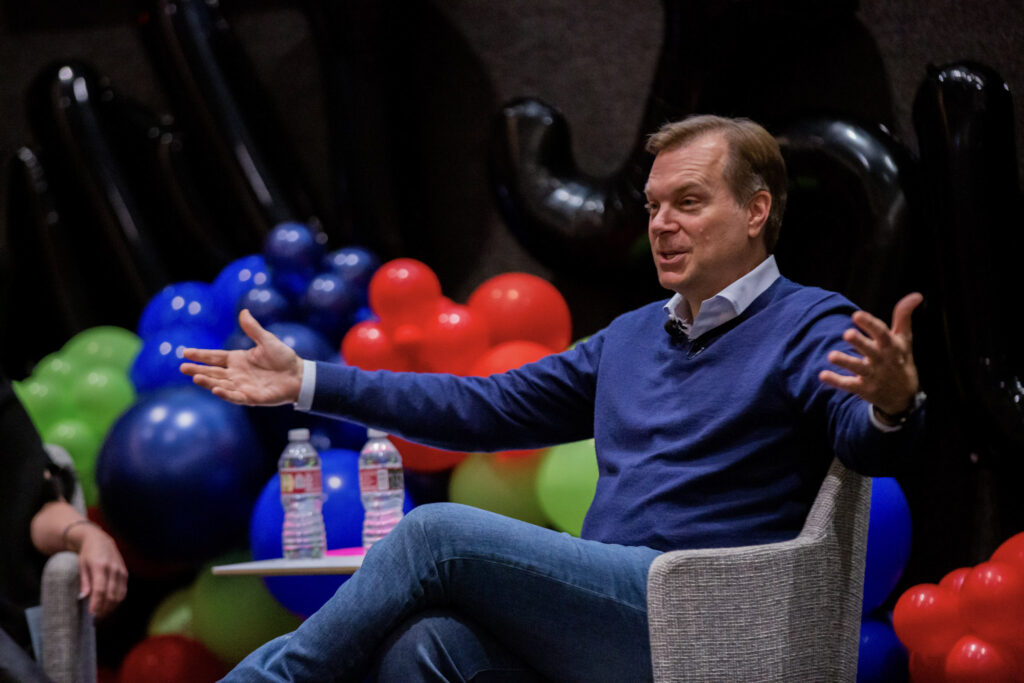
When you strengthen mutually satisfying relationships, you can get anything done.
We have many requests from our coworkers. This work and collaboration is way smoother when there is a relationship formed.
You want the size of the relationship to be equal to or greater than the size of the request.
Here is an example: You move into a new house. Your neighbor, Mrs. Harrison, a 70-year old wonderful woman, brings sandwiches to welcome you to the neighborhood.
Three days later, you walk over and say, “Hey Mrs. Harrison, we don’t know each other very well, but I would love for you to take care of our three kids. Karen and I are going to New Orleans for the weekend.”
She’s going to say, “No.” That’s because the size of the request is greater than the size of the relationship.
In that framework, the only lever that we have is to increase the size of the relationship.
Fast forward six years later, and you ask again. “Hey Mrs. Harrison, we’re going to New Orleans for the weekend. Would you watch our kids while we’re out of town?” She will likely say “absolutely.”
It comes down to being able to build and strengthen mutually satisfying relationships. Then you can get anything done.
In business, we rarely have the luxury of downsizing the request. So our opportunity is increasing the size of the relationship.
Invest in the relationships around you — even with those you think aren’t “your people.”
Pour into the relationships that you have right now. Yes, even the person that drives you crazy.
Here’s an analogy Robin used to illustrate: Robin sends his kids to a school where he spends a lot of time with people on the sidelines of soccer and basketball. He doesn’t even get to spend this much time with his real friends.
And then it dawned on him: “Oh, these are my real friends.” He has older friends that he doesn’t get to spend as much time with, but he’s right there.
If you don’t know these people that you are working with, you are missing out.
You have a sphere of people around you right now — some of whom irritate you and some of whom you love. I would put them all on the same plane and say, “You know what? I don’t know you at the level that I should and I want to get to know you more.” Then, see what happens.
Take more risks and build the relationship with the people who are purposely put in your life at that exact moment. You might learn something from them, and they might learn from you.
Pick up the phone and call your co-workers.
We’re all on Zoom more than ever for our meetings. It’s transactional. There’s an agenda. You’re trying to accomplish something.
Back in the days when we were in the office, we didn’t build relationships in meetings. We built relationships when we would pass each other in the hall, in the break room, or the kitchen during lunch.
Find a way to engage with people, but not through the delivery device of Zoom or a meeting. That’s never how it was done before anyway.
Pick up the phone and text or call. It takes effort, thought, and intention, but it’s worth it. Determine what your vision is for that relationship with that person, and then execute on that in ways that are going to take a little bit of extra effort because you’re not just passing by in the hall.
Pick up the phone, say hi, check in with them.
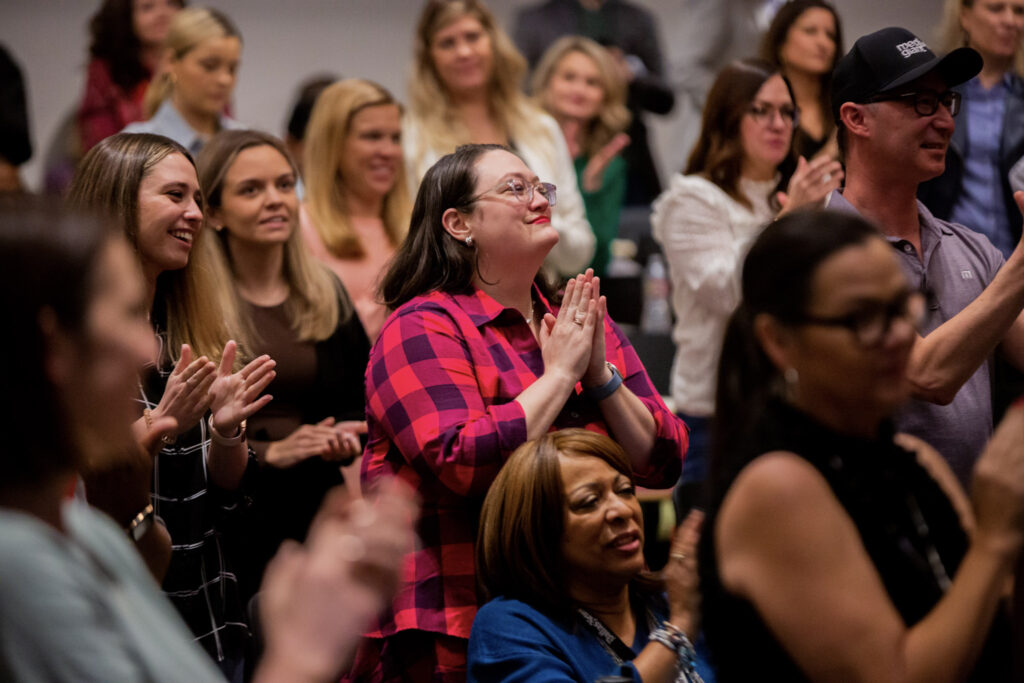
Finish the race.
You can either get good with change or give up.
John Hawar was a marathon runner in the late ’60s. He attended the Olympics on behalf of his country, Zimbabwe.
The race had 1,560 marathoners in Mexico City, which gets extremely hot even though it’s at altitude. Halfway through, Hawar trips and falls. He dislocates his shoulder and hurts his knee.
Many hours later, he comes limping into the stadium for the last stretch. Everybody else had long since finished, the sun was setting, and there were a couple of people in the stands who were clapping for him as he limped across the finish line.
The clichéd way to tell that story is he never gave up and he persevered.
But here’s the better part of the story. In his press release, they asked, “John, why did you continue? Why did you stay in the race?” And he said, “My people did not send me all this way to start the race. They sent me 4,000 miles to finish the race.”
The interesting footnote to that is that there were some 16 people who dropped out of the race that day. He had the best excuse to actually not finish.
Wherever you came from, your people did not send you all this way to this point, on the other side of a pandemic, to start this race. They sent you all this way to finish the race.
Believe the future will be better — and you will have a part in making it that way.
We’ve all gone through a considerable amount of change over the past three, four, five years. It is no mistake that you are actually here. Even if the road to get here wasn’t easy, or what you planned, you have a mission.
This is the way the world is going to be going forward. The pace of change will only grow.
It is the optimistic leader who will be able to take advantage of this. An optimistic leader has a very important skill inside of emotional intelligence: the belief that the future will be better and that you can have a hand in making it.
You’re a collective team; none of you can do it on your own. You would have to have each other.
7 leadership lessons from expert Robin Pou that everyone can use
Recently Medium Giant held a company-wide summit to socialize and exchange ideas, and we invited our friend and client Robin Pou to be the keynote speaker. Robin is the founder of a Dallas-based leadership development firm that cultivates high-achieving leaders who value their teams and drive meaningful business growth.
He is a seasoned executive coach and keynote speaker who has worked with top executives and CEOs of Fortune 500 companies, including Southwest Airlines, BNSF Railroad, and State Farm. A longtime executive coach for DallasNews Corp’s top executives, Robin helped us articulate Medium Giant’s vision and developed a leadership curriculum for our company and The Dallas Morning News.
Robin uses humor and personal stories to coach leaders and engage his audiences. He and I sat down for a question-and-answer session, during which we chatted about the near-death experience that led him to become an executive coach, the open secret that all leaders experience doubt, and the traits today’s modern leaders share.
Robin talks a lot about the leadership revolution — the death of the command-and-control, do-this-or-else style that many leaders cling to because it’s the only thing they know.
“When that type of leader doesn’t have the followership, they ask, ‘What’s wrong with these people?’ ‘Why are they not doing what I’m asking them to do?’
“Modern employees have adopted a new style that is more collaborative, collegial, relationship-driven, genuine, and authentic,” Robin told us. “If that employee has a leader who is just telling as opposed to asking and rolling up their sleeves, then that’s a challenge.
“That’s the crux of the new leadership approach.”
Below I’ve packaged up some meaningful takeaways from our conversation — in many cases using his exact words; in others, I have summarized or combined anecdotes. I hope you’ll take the time to watch the complete Q&A, because there are more good tidbits than just these.
I also encourage you to join Robin Pou’s six-week leadership email series to help you grow into a confident leader.

It takes a clear vision to get where you’re going.
Let’s say you want to go to the Texas Hill Country. How clear your vision is will determine how successful the journey will be.
There are many ways of getting there. You can walk, bike, hitchhike, fly, or ride a bus. Your vision will inform the strategies to get where you’re going.
So let’s say you take a bus and it drops you off in Georgetown. But you quickly realize it’s not where you want to be, even if it’s “technically the Hill Country.”
If you actually wanted to be in the Four Seasons Hotel in Austin, on the seventh floor overlooking Lake Austin, then you failed in your vision.
The clearer your vision, the greater chance you have of actually achieving it.
Everyone has imposter syndrome. Even top leaders.
People think imposter syndrome is applicable only to those starting in their careers. But even seasoned employees experience this type of doubt.
Robin has had many conversations with CEOs who tell him about their plan B career — if they fail. One person said he would be a FedEx driver. When asked why, he said, “because the truck is empty at the end of the day.”
Another person said he would be a security guard. When asked why, he answered, “because you don’t have to figure out what you’re gonna wear. It’s just the same uniform every day.”
These are people running billion-dollar organizations. Their own imposter syndrome has led them to fantasize about roles that wouldn’t require the amount of current stress they currently feel.
All successful leaders experience doubt but don’t talk about it because they said yes to the job, and they think that means that they’re supposed to know everything that the job requires.
They suffer silently because they’re always problems they don’t have the answers to. They might start thinking, “I’ve hit my leadership limit.”
That’s when imposter syndrome sets in. It’s the feeling of, “I’m not supposed to be in this seat. And when they find out, they’re going to ask me to leave.”
They’re trying to solve their confidence issues, but they’re missing a crucial piece of information. They wear it as a heavy, amorphous blanket on their leadership that they can’t quite get out from underneath. And when they can’t solve that, they will settle for it just residing as a shadow of their leadership.

When you strengthen mutually satisfying relationships, you can get anything done.
We have many requests from our coworkers. This work and collaboration is way smoother when there is a relationship formed.
You want the size of the relationship to be equal to or greater than the size of the request.
Here is an example: You move into a new house. Your neighbor, Mrs. Harrison, a 70-year old wonderful woman, brings sandwiches to welcome you to the neighborhood.
Three days later, you walk over and say, “Hey Mrs. Harrison, we don’t know each other very well, but I would love for you to take care of our three kids. Karen and I are going to New Orleans for the weekend.”
She’s going to say, “No.” That’s because the size of the request is greater than the size of the relationship.
In that framework, the only lever that we have is to increase the size of the relationship.
Fast forward six years later, and you ask again. “Hey Mrs. Harrison, we’re going to New Orleans for the weekend. Would you watch our kids while we’re out of town?” She will likely say “absolutely.”
It comes down to being able to build and strengthen mutually satisfying relationships. Then you can get anything done.
In business, we rarely have the luxury of downsizing the request. So our opportunity is increasing the size of the relationship.
Invest in the relationships around you — even with those you think aren’t “your people.”
Pour into the relationships that you have right now. Yes, even the person that drives you crazy.
Here’s an analogy Robin used to illustrate: Robin sends his kids to a school where he spends a lot of time with people on the sidelines of soccer and basketball. He doesn’t even get to spend this much time with his real friends.
And then it dawned on him: “Oh, these are my real friends.” He has older friends that he doesn’t get to spend as much time with, but he’s right there.
If you don’t know these people that you are working with, you are missing out.
You have a sphere of people around you right now — some of whom irritate you and some of whom you love. I would put them all on the same plane and say, “You know what? I don’t know you at the level that I should and I want to get to know you more.” Then, see what happens.
Take more risks and build the relationship with the people who are purposely put in your life at that exact moment. You might learn something from them, and they might learn from you.
Pick up the phone and call your co-workers.
We’re all on Zoom more than ever for our meetings. It’s transactional. There’s an agenda. You’re trying to accomplish something.
Back in the days when we were in the office, we didn’t build relationships in meetings. We built relationships when we would pass each other in the hall, in the break room, or the kitchen during lunch.
Find a way to engage with people, but not through the delivery device of Zoom or a meeting. That’s never how it was done before anyway.
Pick up the phone and text or call. It takes effort, thought, and intention, but it’s worth it. Determine what your vision is for that relationship with that person, and then execute on that in ways that are going to take a little bit of extra effort because you’re not just passing by in the hall.
Pick up the phone, say hi, check in with them.

Finish the race.
You can either get good with change or give up.
John Hawar was a marathon runner in the late ’60s. He attended the Olympics on behalf of his country, Zimbabwe.
The race had 1,560 marathoners in Mexico City, which gets extremely hot even though it’s at altitude. Halfway through, Hawar trips and falls. He dislocates his shoulder and hurts his knee.
Many hours later, he comes limping into the stadium for the last stretch. Everybody else had long since finished, the sun was setting, and there were a couple of people in the stands who were clapping for him as he limped across the finish line.
The clichéd way to tell that story is he never gave up and he persevered.
But here’s the better part of the story. In his press release, they asked, “John, why did you continue? Why did you stay in the race?” And he said, “My people did not send me all this way to start the race. They sent me 4,000 miles to finish the race.”
The interesting footnote to that is that there were some 16 people who dropped out of the race that day. He had the best excuse to actually not finish.
Wherever you came from, your people did not send you all this way to this point, on the other side of a pandemic, to start this race. They sent you all this way to finish the race.
Believe the future will be better — and you will have a part in making it that way.
We’ve all gone through a considerable amount of change over the past three, four, five years. It is no mistake that you are actually here. Even if the road to get here wasn’t easy, or what you planned, you have a mission.
This is the way the world is going to be going forward. The pace of change will only grow.
It is the optimistic leader who will be able to take advantage of this. An optimistic leader has a very important skill inside of emotional intelligence: the belief that the future will be better and that you can have a hand in making it.
You’re a collective team; none of you can do it on your own. You would have to have each other.

